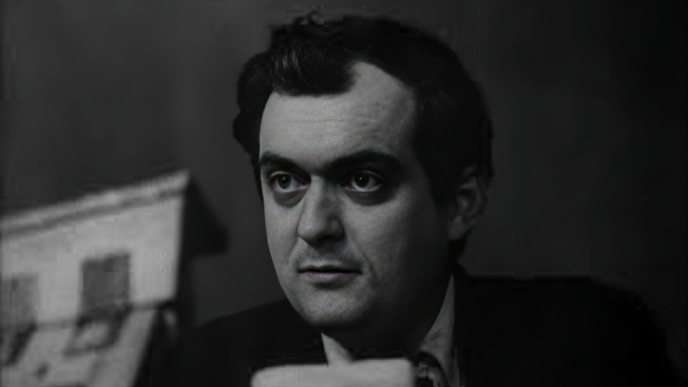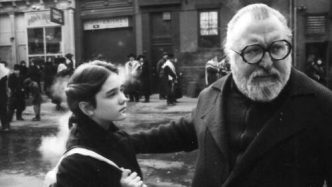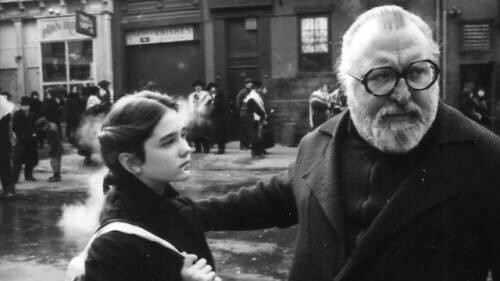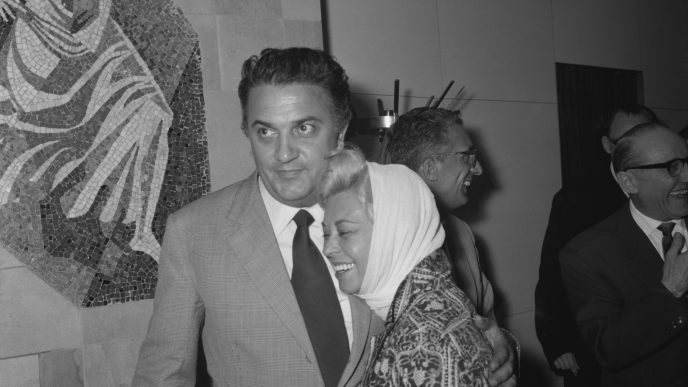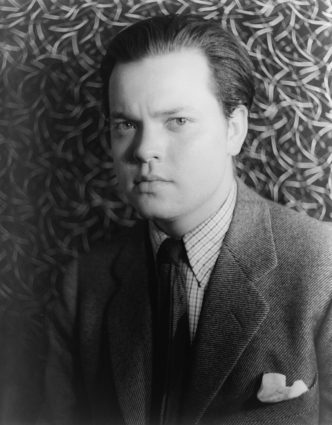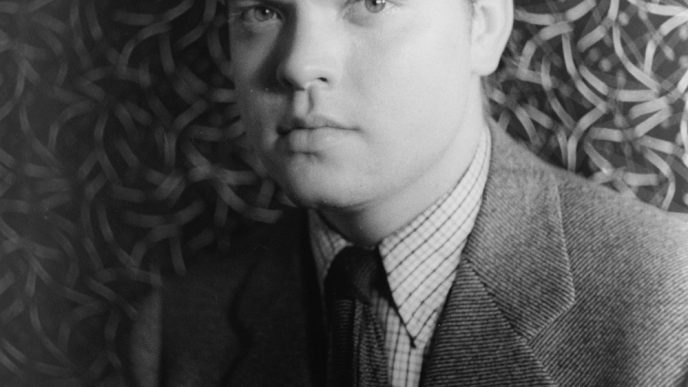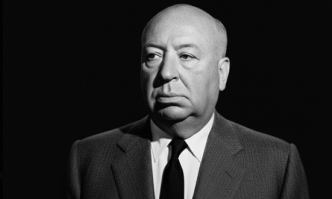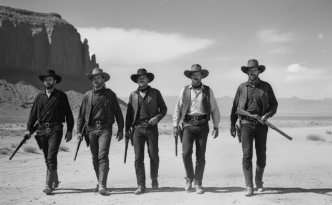In the history of cinema, few directors command the universal reverence of Akira Kurosawa. He is an emperor, a “director’s director” so foundational to the art form that filmmakers like Steven Spielberg, Martin Scorsese, and George Lucas have cited him as a primary influence. While he was a master of Japanese cinema, Kurosawa’s true legacy is global. He was a translator, blending the aesthetics of his Japanese heritage with the narrative structures of Western literature and film to create something entirely new.
In doing so, he created a visual and narrative language so powerful that Hollywood adopted it as its own. From the DNA of the Spaghetti Western to the very structure of Star Wars, Kurosawa’s fingerprints are on the entire New Hollywood movement we’ve explored. He didn’t just influence American film; he provided the blueprints for its biggest revolutions.
The ‘Rashomon Effect’: A New Kind of Truth
Before 1950, Japanese cinema was largely unknown to the West. That changed with Rashomon. The film, which depicts the brutal murder of a samurai and the assault of his wife from four different, conflicting perspectives, was a philosophical thunderbolt. Kurosawa used this structure to conduct a profound investigation into the subjective nature of truth and justice.
This narrative device—telling a single story from multiple, contradictory viewpoints—was so revolutionary it became known as the “Rashomon Effect,” a term that now transcends cinema and is used in psychology, law, and journalism. The film’s 1951 win of the Golden Lion at the Venice Film Festival and an honorary Academy Award officially put global cinema on notice. It was a “feeling of liberation” for filmmakers, proving that narrative rules could be broken to explore complex, ambiguous human morality—a theme that would become a staple of the auteurs of the 1970s.
The Language of Motion: Kurosawa’s Visual Signature
Kurosawa was a painter before he was a director, and he treated the frame as a canvas. But unlike a static painting, his art was defined by its relentless, dynamic motion. He pioneered a new grammar of visual storytelling, using weather, telephoto lenses, and multiple cameras to give his epics an unparalleled energy.
- Weather as Character: In a Kurosawa film, the environment is never just a backdrop; it is an active participant in the drama. He famously waited for days to get the perfect weather for a shot. The driving, oppressive rain in Rashomon enhances the film’s gloomy, mysterious atmosphere. The thick, disorienting fog in Throne of Blood (his 1957 adaptation of Macbeth) becomes a physical manifestation of the protagonist’s moral confusion. Most famously, the final battle in Seven Samurai (1954) is a desperate, chaotic symphony of mud and rain, transforming a “heroic” last stand into a brutal, exhausting struggle for survival.
- The “Warrior’s Gaze”: Kurosawa had a penchant for using long, telephoto lenses. This technique flattens the image, making the background appear closer to the foreground, which was revolutionary for action. In the battle scenes of Seven Samurai, it creates a sense of compressed, chaotic energy, as if the violence is bursting out of the frame.
- The Multi-Camera Method: To capture this action, Kurosawa often used multiple cameras at once, a technique he perfected long before it became standard for television. This allowed him to “cut on motion,” editing a single action (like a samurai drawing his sword) from several different angles to fragment the movement and give it greater emotional impact and kinetic force.
The Blueprints for the Blockbuster
While his techniques were art-house, his stories were so strong that Hollywood copied them directly, often frame for frame.
First, he reinvented the Western. His 1954 masterpiece, Seven Samurai, about a group of masterless samurai (rōnin) hired to protect a village of farmers from bandits, is the foundational “putting a team together” film. It was so compelling that Hollywood remade it just six years later as the classic Western The Magnificent Seven (1960). Kurosawa’s 1961 film, Yojimbo, about a lone, morally ambiguous anti-hero who plays two rival gangs against each other, was lifted directly by Sergio Leone for 1964’s A Fistful of Dollars—a film that, in turn, launched the entire Spaghetti Western genre and made Clint Eastwood a star.
Kurosawa’s influence didn’t stop in the desert. It famously went to a galaxy far, far away. George Lucas, a self-proclaimed Kurosawa fanatic, based the entire structure of Star Wars (1977) on Kurosawa’s 1958 film, The Hidden Fortress.
- Narrative Perspective: Lucas borrowed Kurosawa’s most clever trick: telling an epic story through the eyes of its “lowliest characters”. In The Hidden Fortress, the story is told from the perspective of two bickering, greedy peasants, Tahei and Matashichi. In Star Wars, this is C-3PO and R2-D2.
- Character Archetypes: The gruff, battle-hardened general, Rokurota, became Obi-Wan Kenobi, and the rescued, strong-willed Princess Yuki became Princess Leia. Darth Vader’s iconic helmet was even visually modeled on a samurai kabuto helmet, as seen in Kurosawa’s films.
- Visual Transitions: The signature “wipe” transitions used throughout the Star Wars saga were a direct homage to the scene transitions Kurosawa frequently used.
Conclusion: The Enduring Emperor
Akira Kurosawa is the ultimate auteur—a filmmaker who wrote, directed, and edited his films to create a singular, unmistakable vision. He was a bridge between East and West, absorbing the epics of John Ford and the drama of Shakespeare and recasting them with a new, dynamic language.
The “New Hollywood” directors we revere—Coppola, Peckinpah, Scorsese, Spielberg, and Lucas—all studied at the “school of Kurosawa”. He proved that a film could be a profound exploration of human nature—our morality, our capacity for violence, and our desperate search for truth—while also being a thrilling, kinetic, and unforgettable piece of entertainment. He is the emperor, and his influence remains absolute.
Further Reading
If you enjoyed exploring Kurosawa’s cinematic legacy, you may also like:
The Rebellion of the Auteurs: How the “New Hollywood” Revolution Redefined American Cinema
— How a new generation of filmmakers expanded on the creative freedom Kurosawa helped inspire.
A Galaxy Far, Far Away: How Star Wars Forged a New Myth and a New Hollywood
— The film that transformed Kurosawa’s blueprints into a global phenomenon.
The Language of Shadows: A Deep Dive into the Revolutionary Cinematography of The Godfather
— How Coppola and Gordon Willis refined visual storytelling for a new cinematic era.

Dario Loce is the founder and editor of Celebrimous. He is a lifelong film enthusiast and the author of several locally-published books on cinema history and analysis. His passion is deconstructing the “how” and “why” of filmmaking, from the director’s vision to the editor’s cut. When not lost in a classic film, he’s usually walking through the city, replaying scenes in his mind like unfinished stories.



